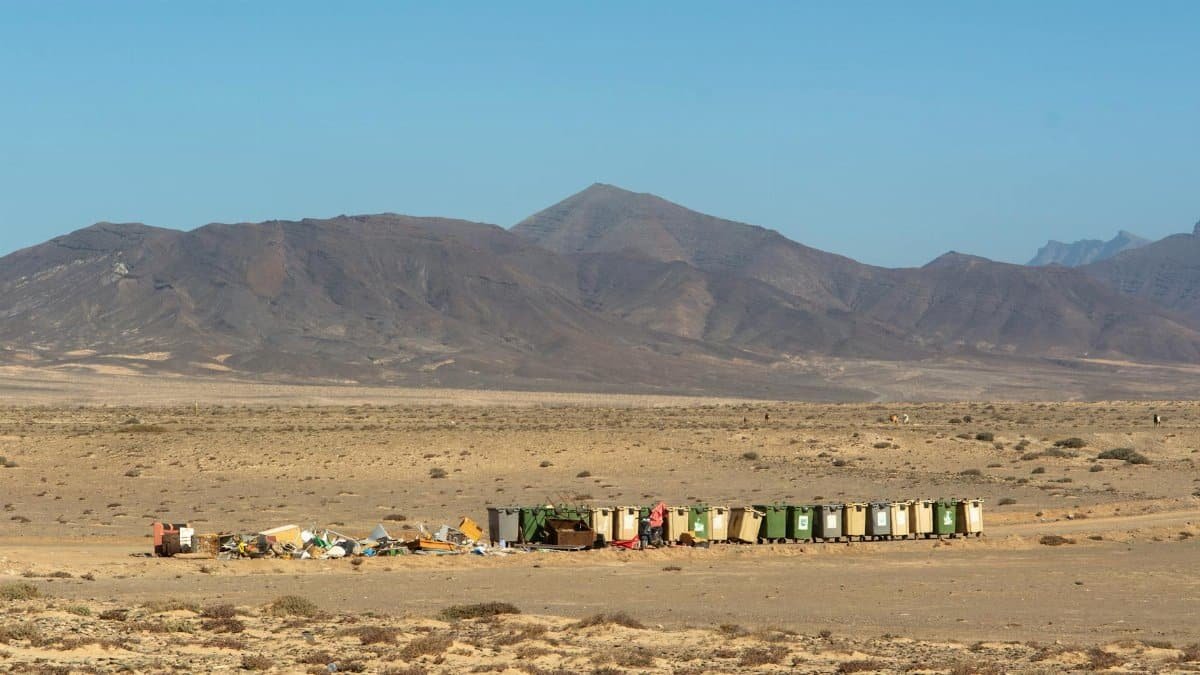Imagine stepping into a yoga studio where the warmth wrapping around you isn’t from a conventional heater, but from the excess energy of a nearby data center. This is the essence of waste heat yoga, a growing trend that marries sustainability with wellness. In cities across the U.S., from Seattle to Boston, innovative minds are harnessing the heat generated by servers and industrial processes to create eco-friendly spaces for downward dogs and warrior poses. It’s a quiet revolution, one that addresses both the urgent need to reduce energy waste and the desire for mindful physical practice. As urban centers grapple with rising energy demands in 2025, this concept offers a glimpse of how seemingly disparate worlds—tech and tranquility—can intersect. The idea isn’t just clever; it’s a practical response to a warming planet, redefining what a yoga studio can be.
The Origins of Waste Heat Yoga

A few years back, the notion of using industrial byproducts to heat a yoga studio might have sounded like science fiction. But in places like Stockholm, Sweden, engineers began experimenting with capturing waste heat from data centers to warm buildings. The U.S. caught on more recently, with pilot projects popping up in tech-heavy hubs. Companies managing vast server farms, which churn out enormous amounts of heat, saw an opportunity to redirect that energy rather than let it dissipate into the air. Why not pipe it into spaces where warmth is a feature, not a bug? Yoga studios, with their need for consistent temperatures around 80 to 105 degrees for hot yoga, emerged as a natural fit. This synergy isn’t just about efficiency; it’s a statement on rethinking resource use in an era of climate challenges.
How It Works in Practice

The mechanics behind waste heat yoga are surprisingly straightforward, though the logistics can be complex. Data centers, which power everything from cloud storage to streaming services, generate heat as a byproduct of their operations. Normally, this heat is expelled using energy-intensive cooling systems. Instead, some facilities now channel it through insulated pipes to nearby buildings. In a studio setting, this warmth is distributed via underfloor heating or radiators, creating that signature hot-yoga glow without cranking up electric heaters. A report from the U.S. Department of Energy highlights how such heat recovery systems can slash energy costs by up to 30% in some contexts. For studio owners, it’s a win-win: lower bills and a smaller carbon footprint.
Yet, the setup isn’t plug-and-play. It requires proximity to a heat source, significant upfront investment, and coordination with city planners. Still, where it works, the results speak for themselves.
A Growing Trend in Urban Centers

Walk through parts of San Francisco or Chicago today, and you might stumble upon a yoga studio proudly advertising its waste heat credentials. These spaces often sit near tech districts, where server farms hum day and night. One studio manager in Seattle described the transition as transformative, noting how clients appreciate the story behind the warmth as much as the practice itself. It’s not just a gimmick; it’s a selling point for a generation increasingly attuned to sustainability. According to a survey by Pew Research Center, over 60% of Americans express concern about climate change, often seeking ways to support green initiatives in their daily choices. Waste heat yoga taps into that ethos, blending personal health with planetary health.
The Wellness Connection

Beyond the environmental angle, there’s something deeply fitting about pairing yoga—a practice rooted in balance—with a system that reuses energy. Practitioners often speak of feeling a unique calm in these spaces, as if the recycled warmth carries a kind of second life. One anonymous account shared online captured this sentiment, describing a session in a waste heat studio as “like being held by the city itself.” While that might sound lofty, it reflects a broader hunger for connection—to place, to purpose, to something bigger. Hot yoga, already known for its detoxifying and stress-relieving benefits as noted by studies from the National Institutes of Health, gains an added layer of meaning when powered by sustainable innovation. It’s wellness with a conscience.
Challenges on the Path Forward

Not everything about waste heat yoga flows as smoothly as a vinyasa sequence. For one, scaling this model beyond tech-centric cities poses a hurdle. Rural areas or smaller towns often lack the industrial infrastructure to make heat recovery viable. Even in urban settings, the cost of retrofitting buildings or laying pipes can deter studio owners, especially independents without corporate backing. Then there’s the question of reliability—data centers might scale down operations or relocate, leaving a studio literally out in the cold. A 2023 analysis by the National Renewable Energy Laboratory underscores that while heat recovery holds promise, inconsistent supply remains a barrier. Overcoming these obstacles will take creative policy support and public-private partnerships.
Still, those in the field argue it’s worth the effort. The potential to cut emissions while fostering community spaces is a powerful motivator.
The Broader Impact on Sustainability

Zoom out, and waste heat yoga reveals itself as part of a larger movement to rethink energy in everyday life. If data centers can heat studios, why not schools, apartment complexes, or public pools? The concept challenges the throwaway mindset that defines so much of modern consumption. It’s a small but tangible step toward circular systems, where one process’s waste becomes another’s fuel. In 2025, as cities face pressure to meet ambitious carbon reduction goals, these micro-innovations add up. They also spark conversations—among yogis, techies, and policymakers alike—about what a sustainable future could feel like. It’s not just about saving energy; it’s about reimagining how we live with the resources we have.
What’s Next for Studios and Practitioners

For now, waste heat yoga remains a niche within a niche, but its ripples are widening. More studios are exploring partnerships with local industries, while architects design new buildings with heat recovery in mind. On the practitioner side, there’s curiosity and cautious optimism. Some worry about the aesthetics—will these spaces feel too clinical, too tied to tech? Others see it as a chance to deepen yoga’s roots in harmony with nature, even if that nature is filtered through urban innovation. As one participant put it after a class in a repurposed-heat studio, “It’s odd to think a server kept me warm, but I’ll take it over a gas heater any day.” That blend of pragmatism and wonder might just define the next chapter of this trend.
